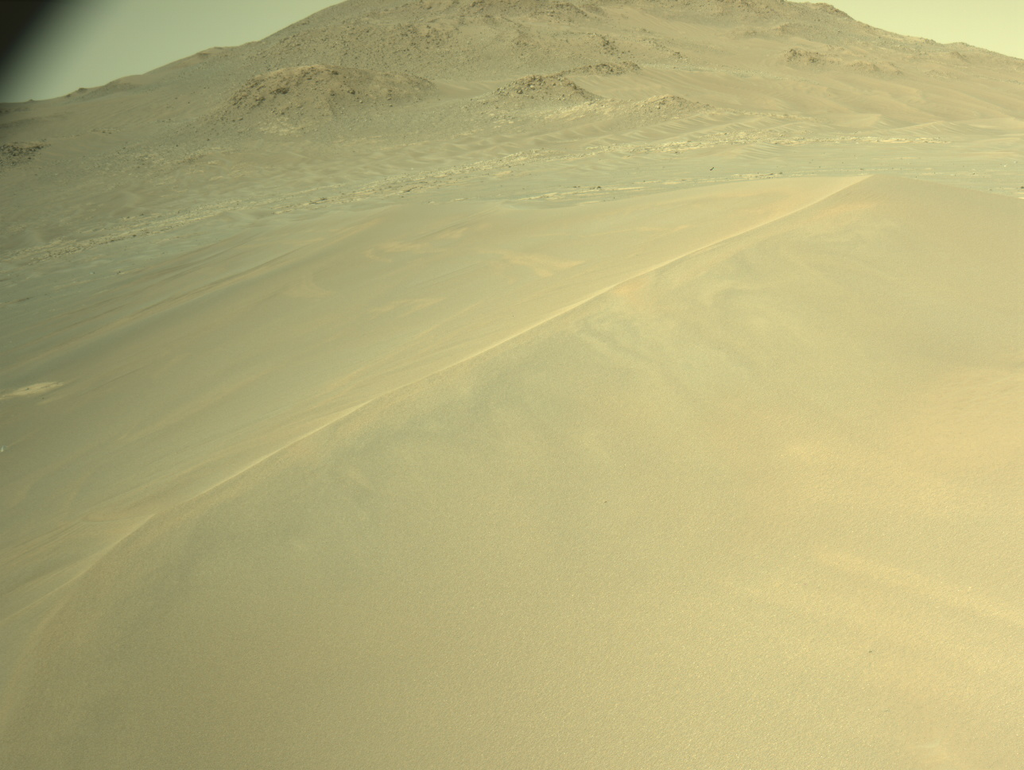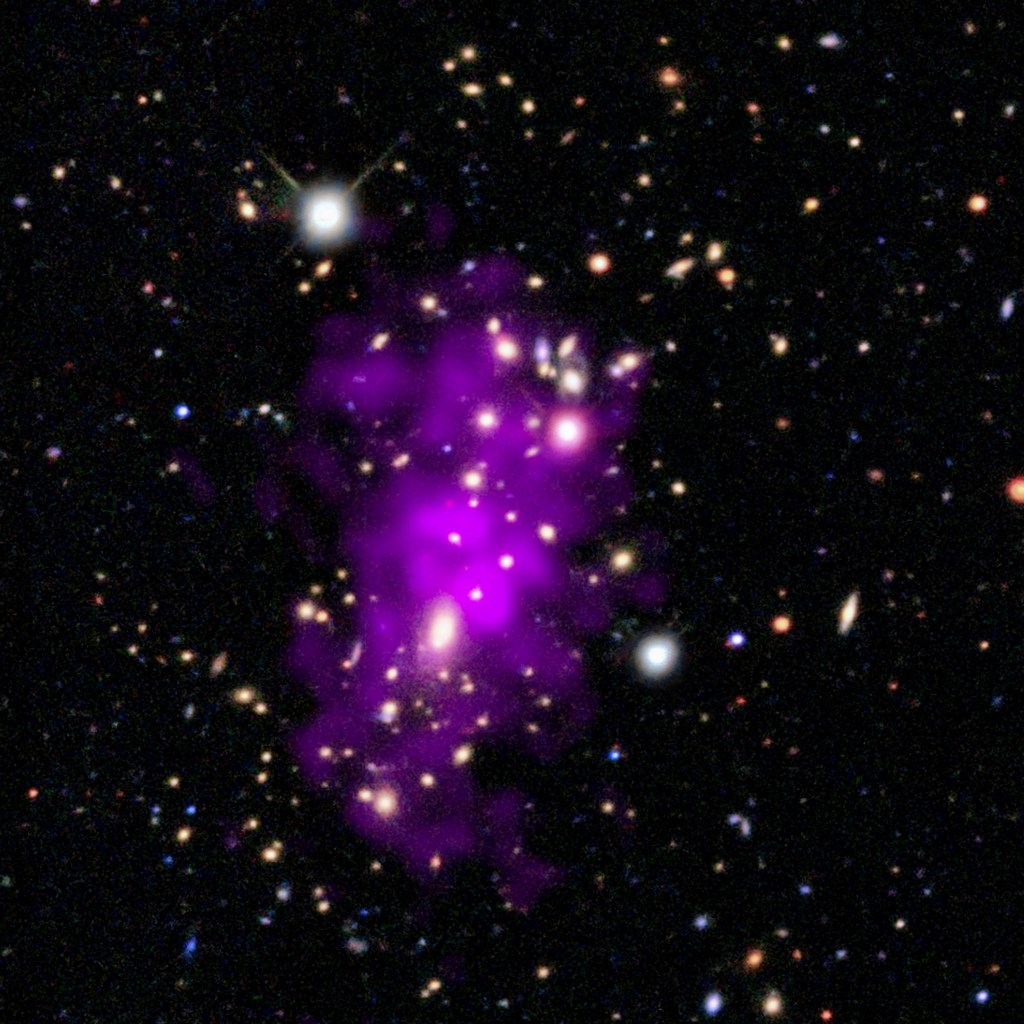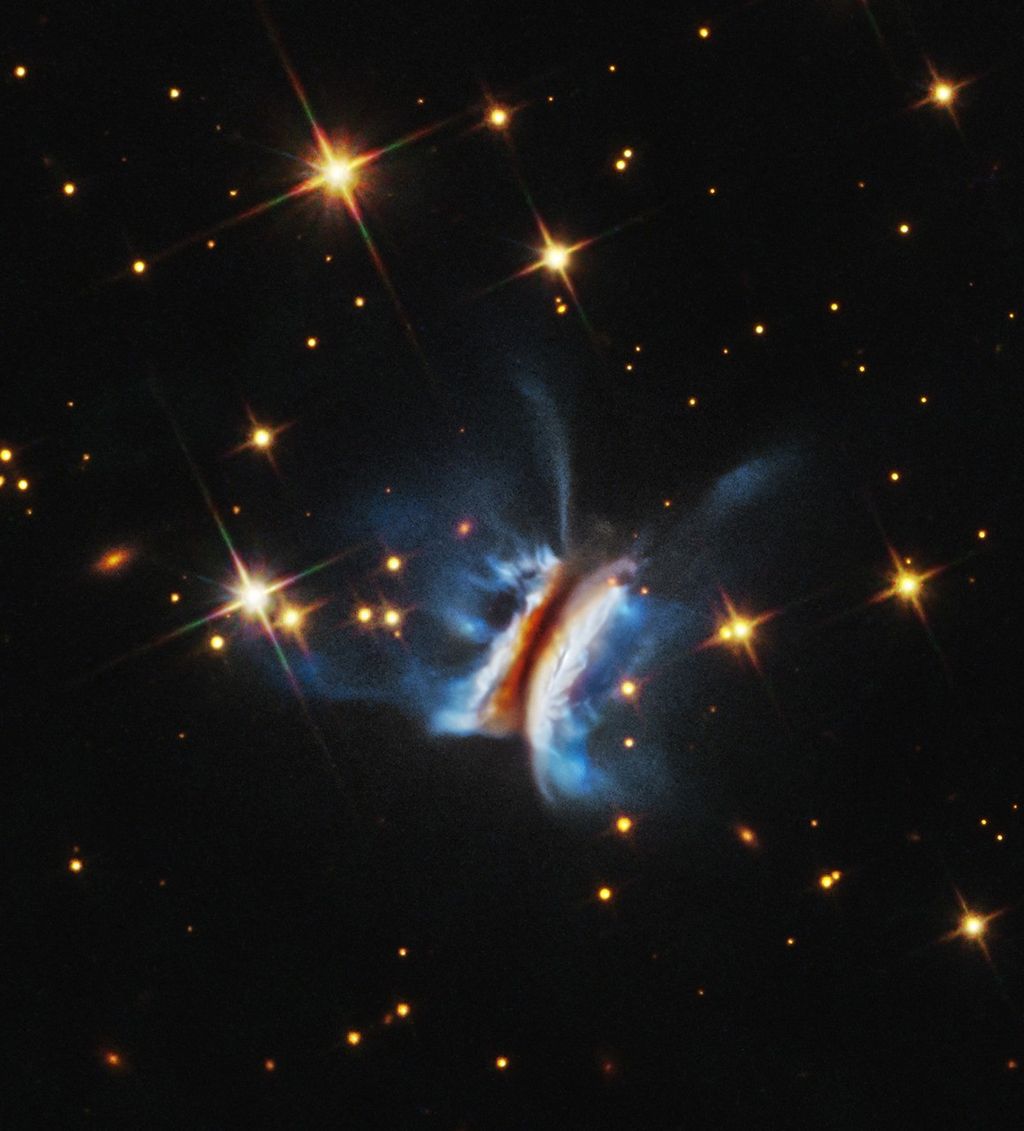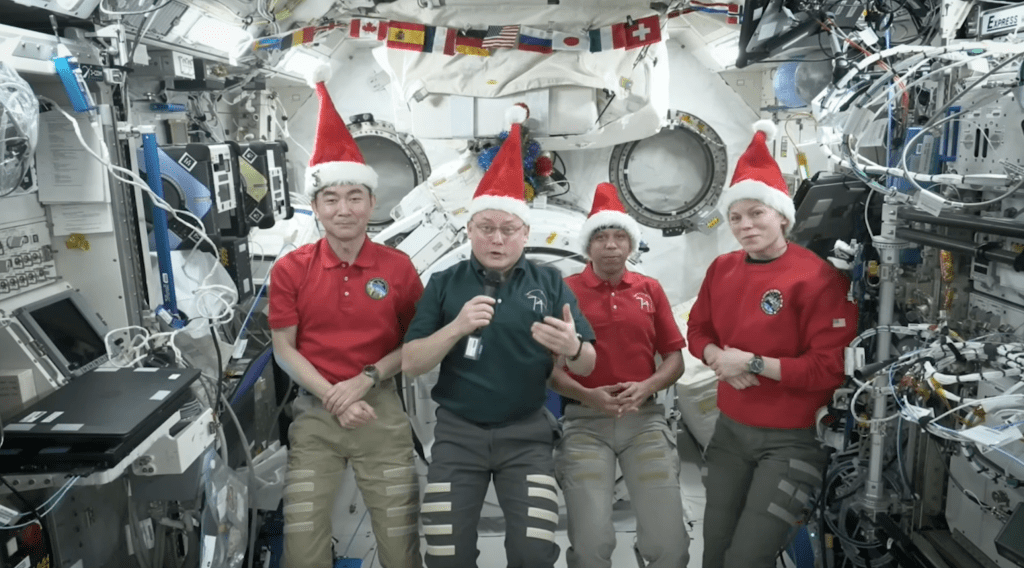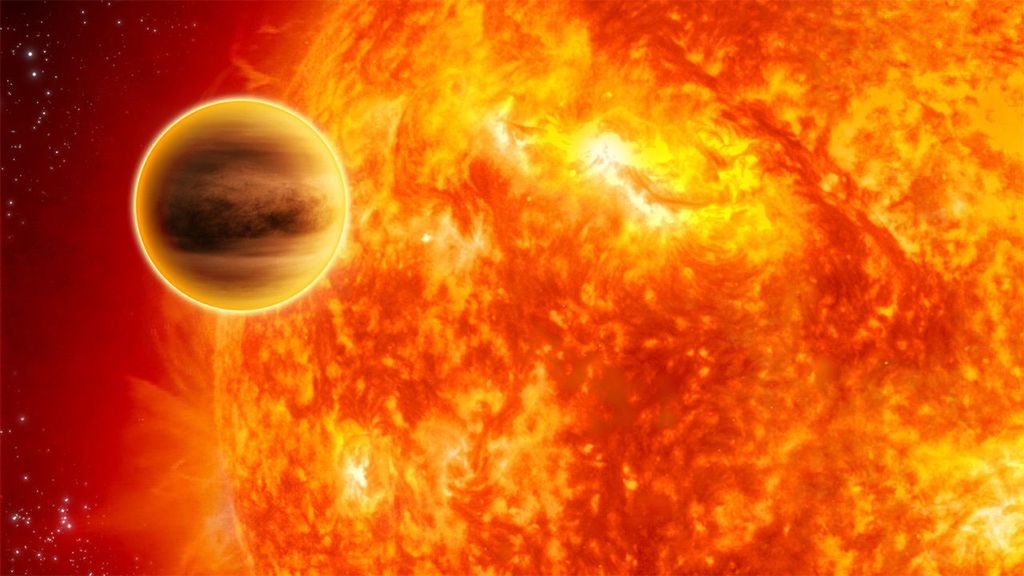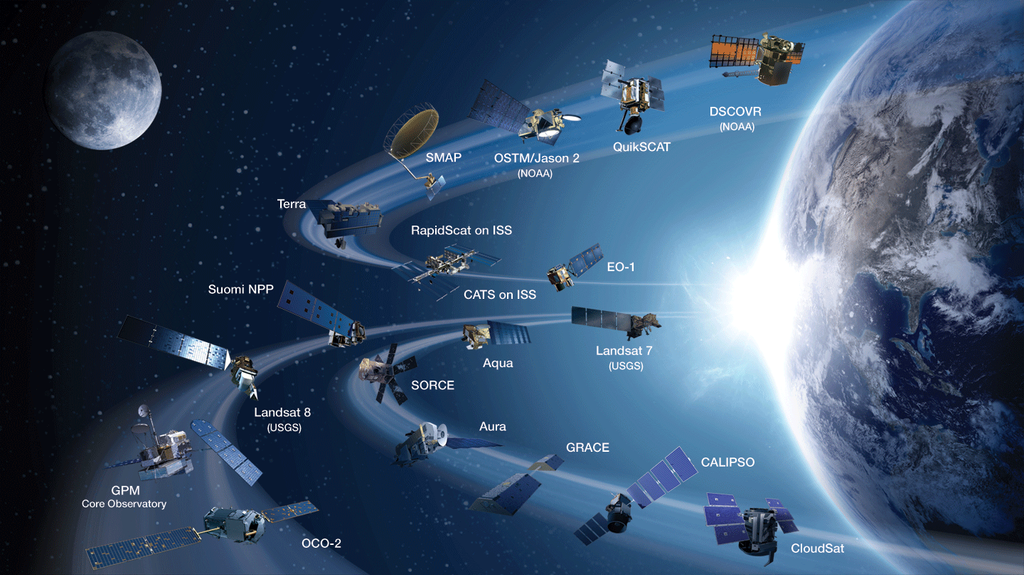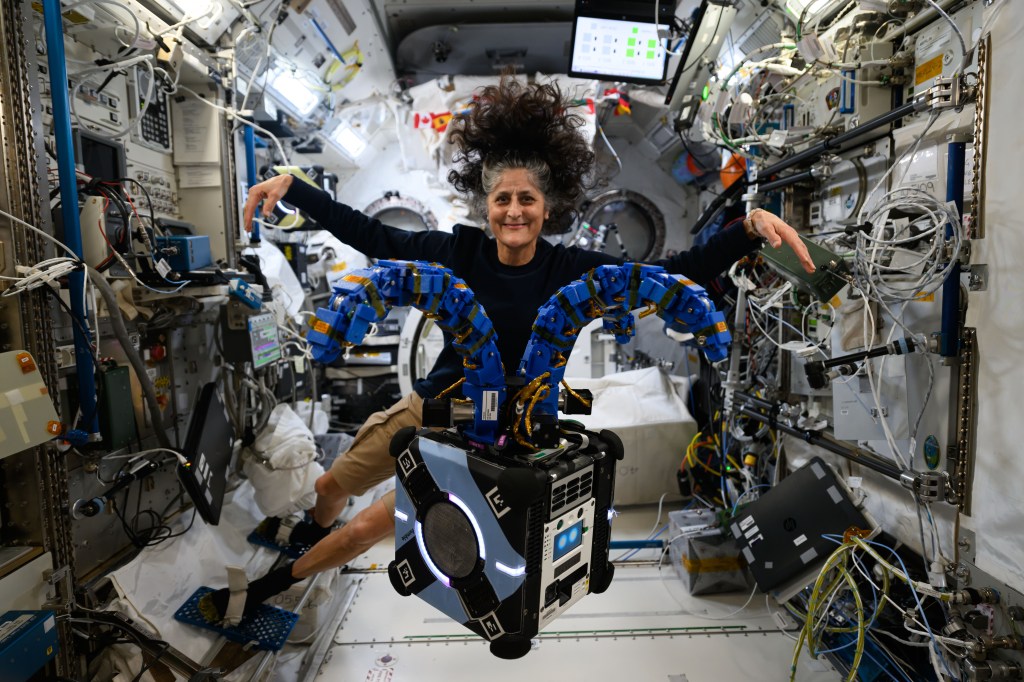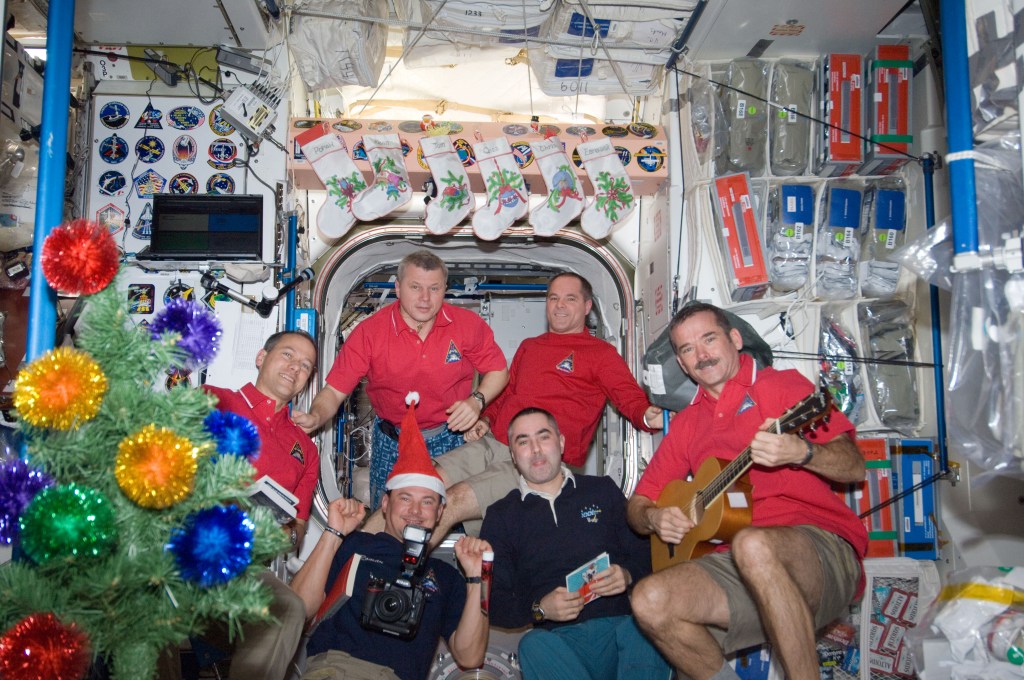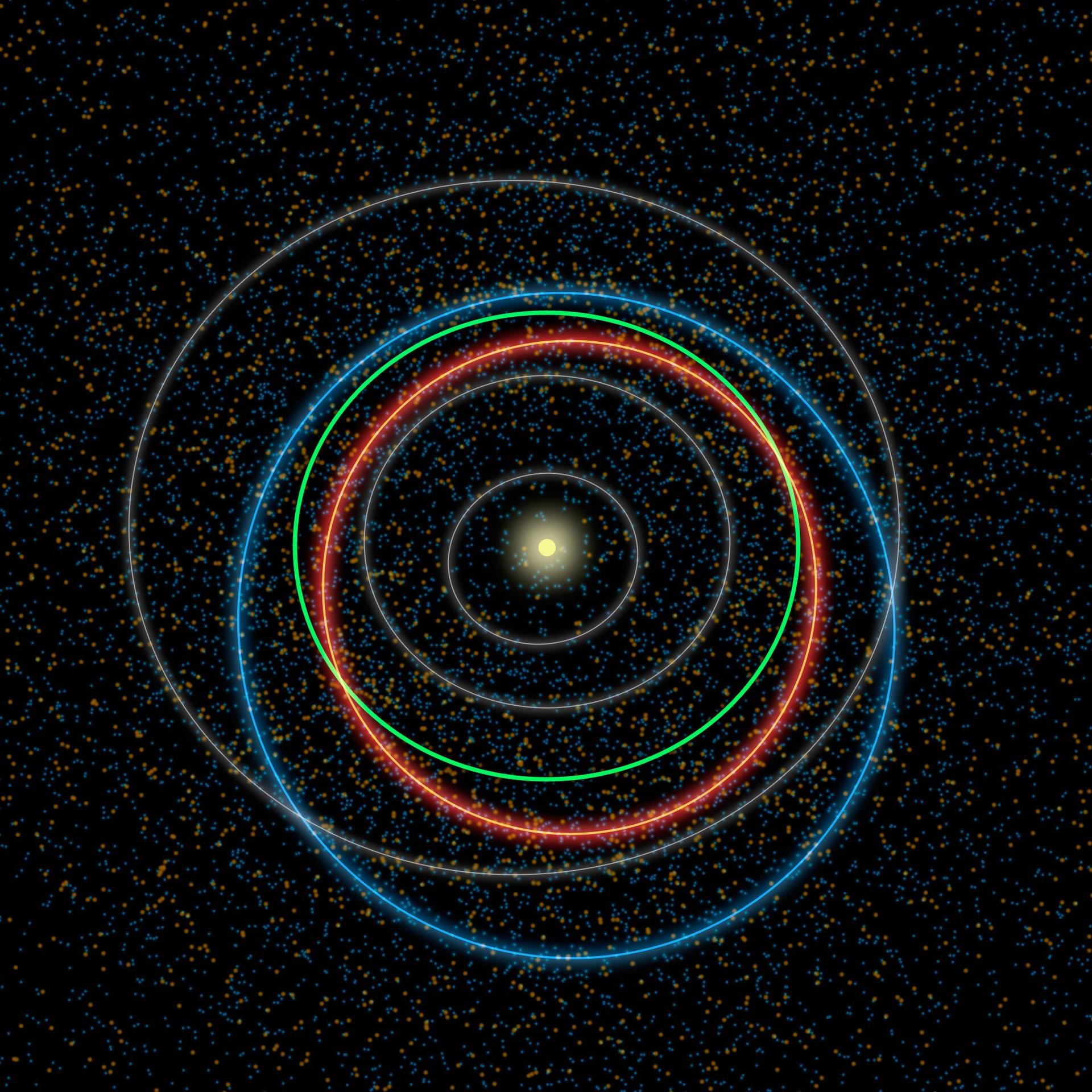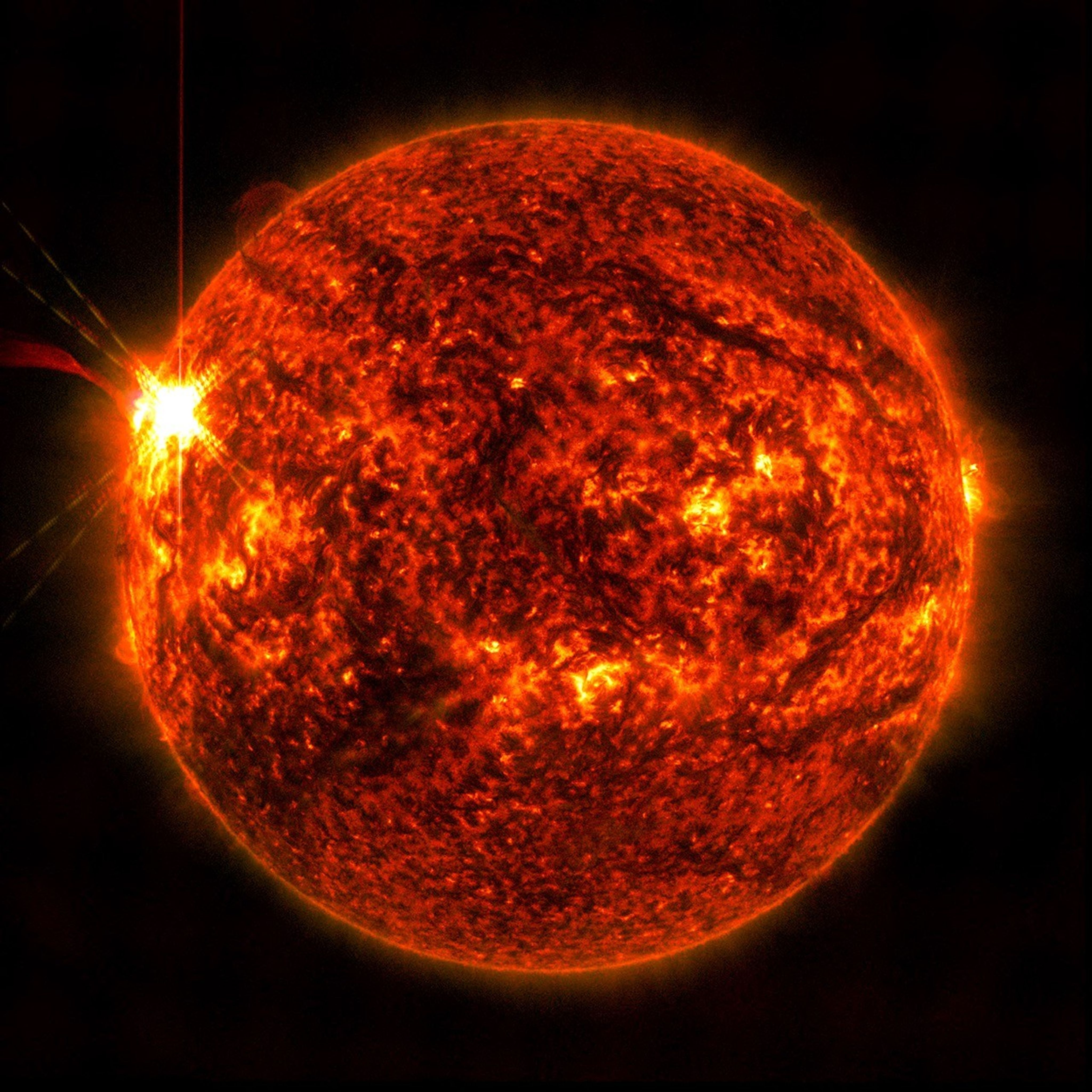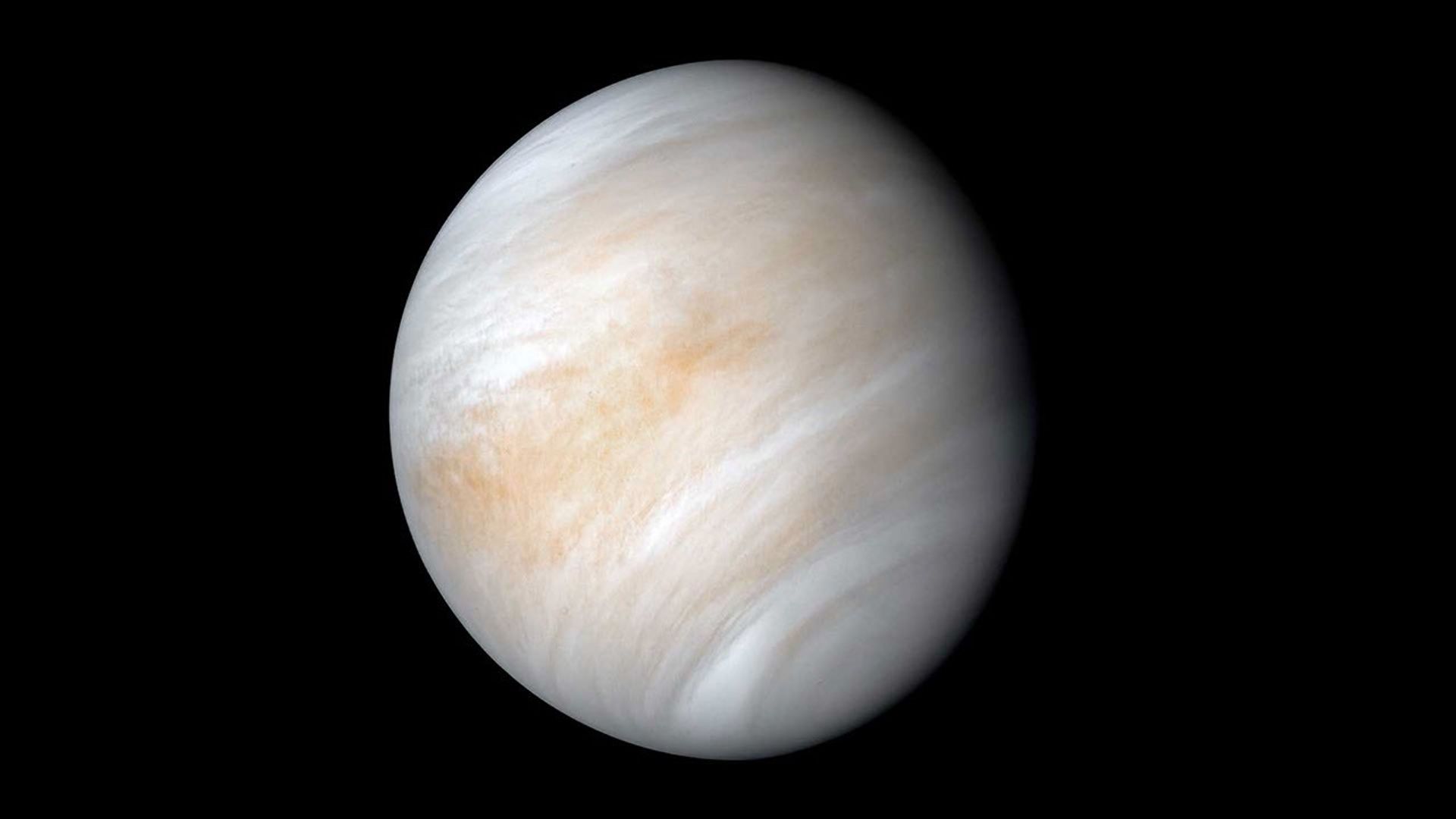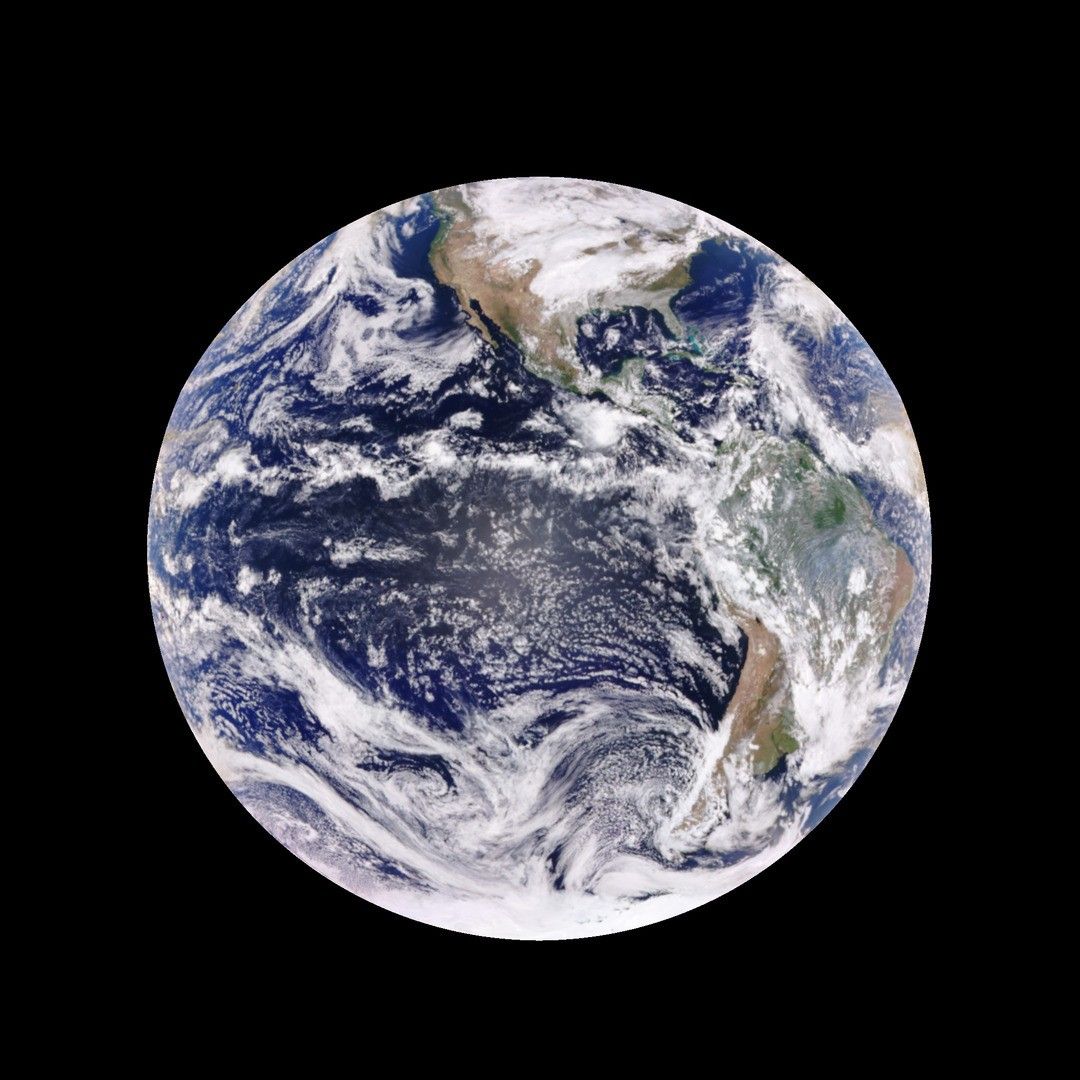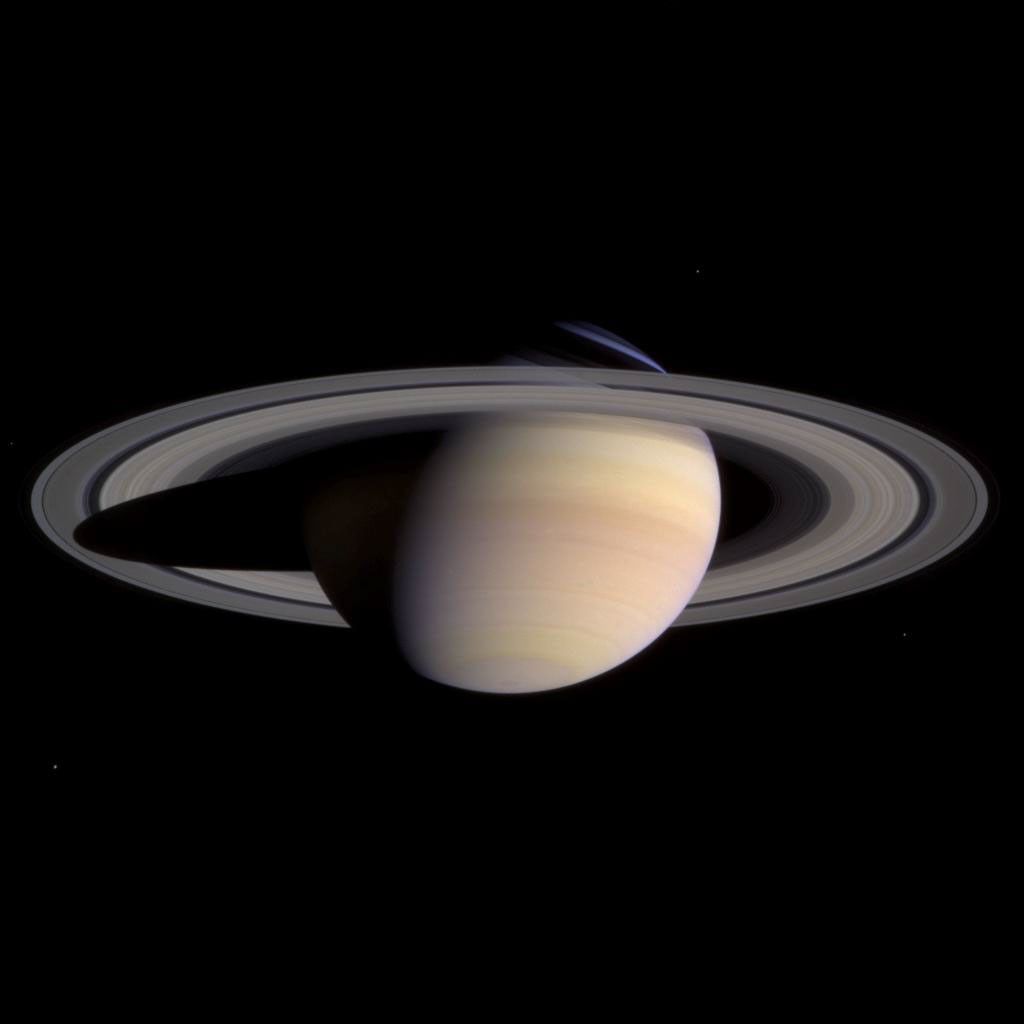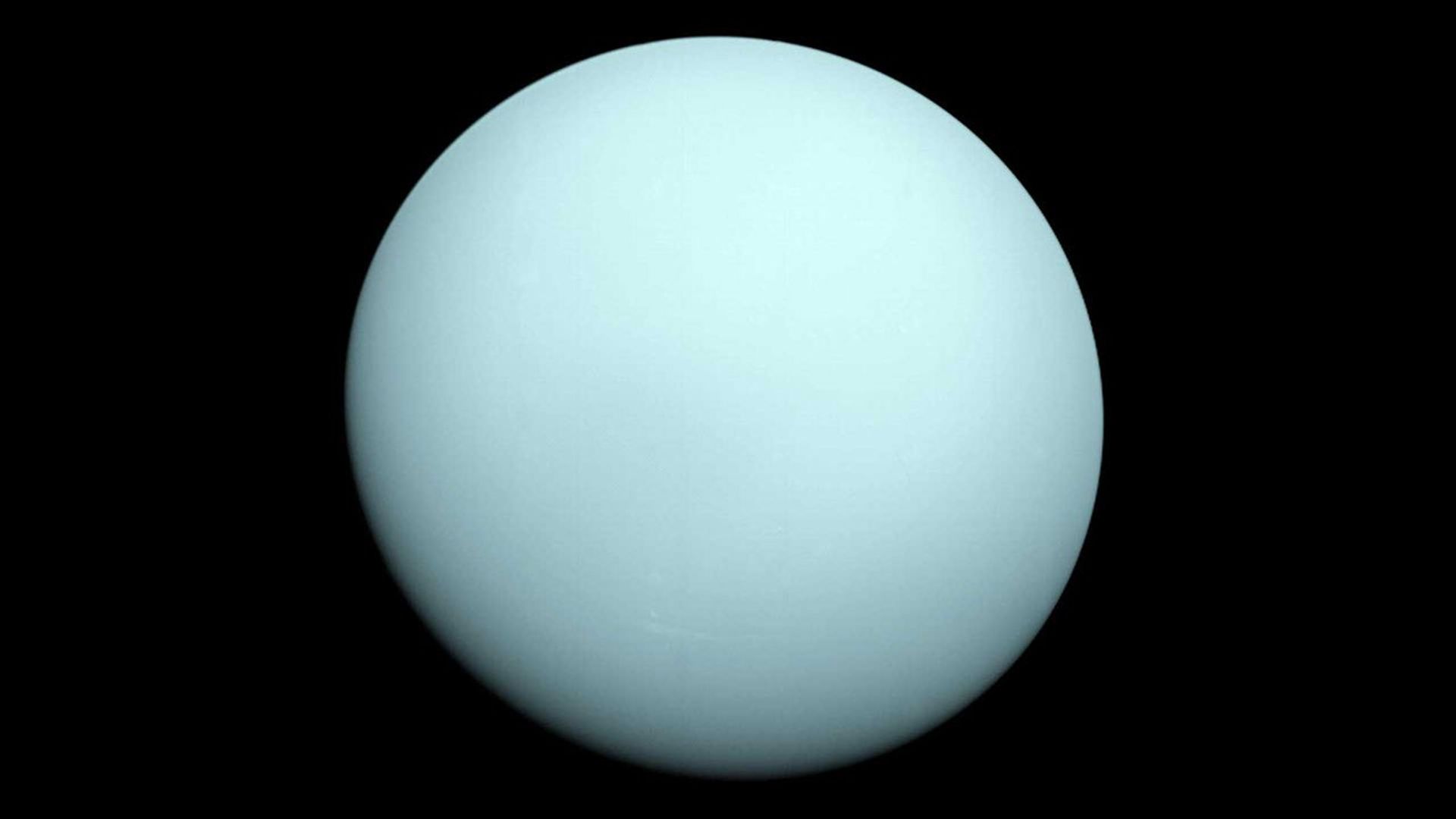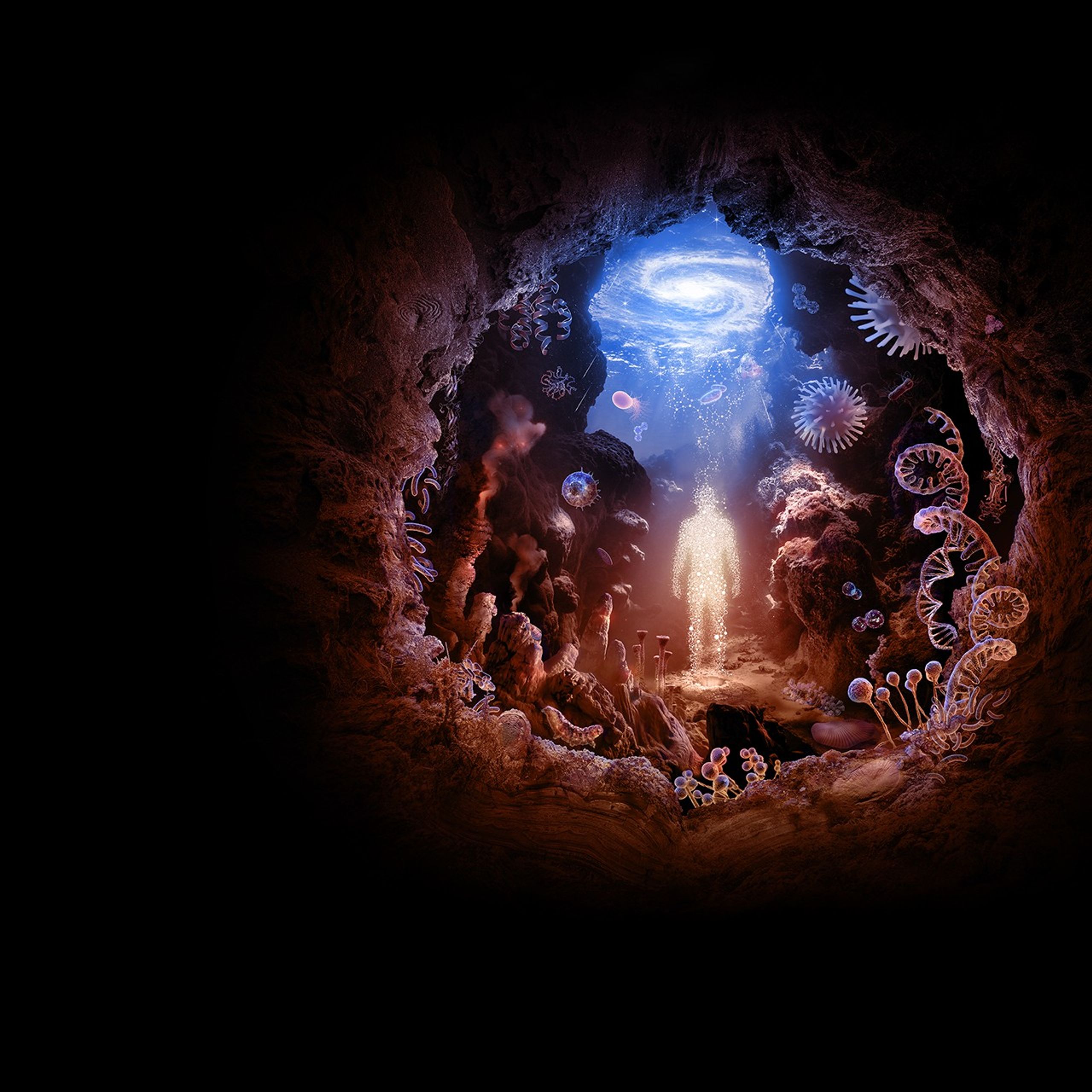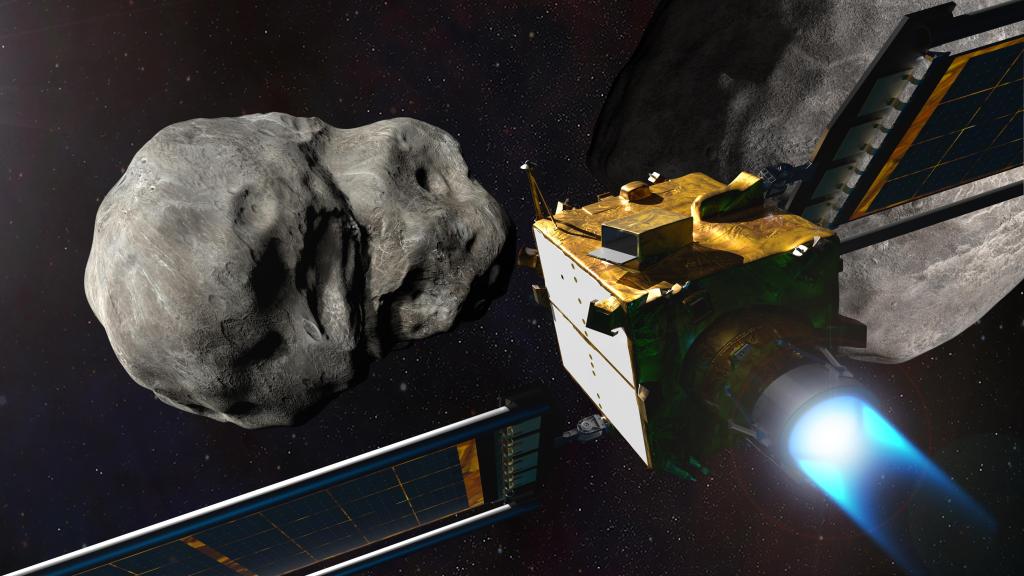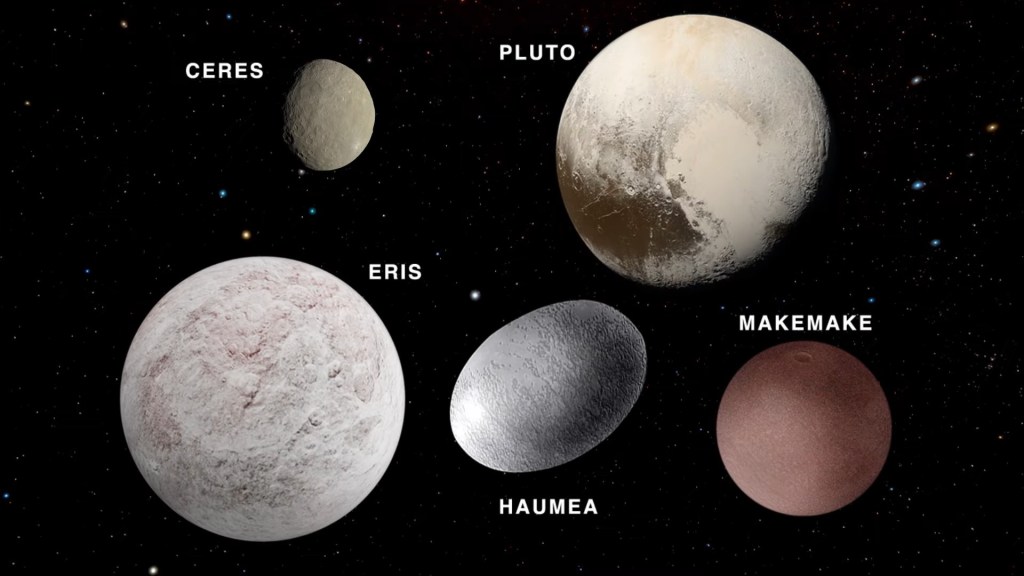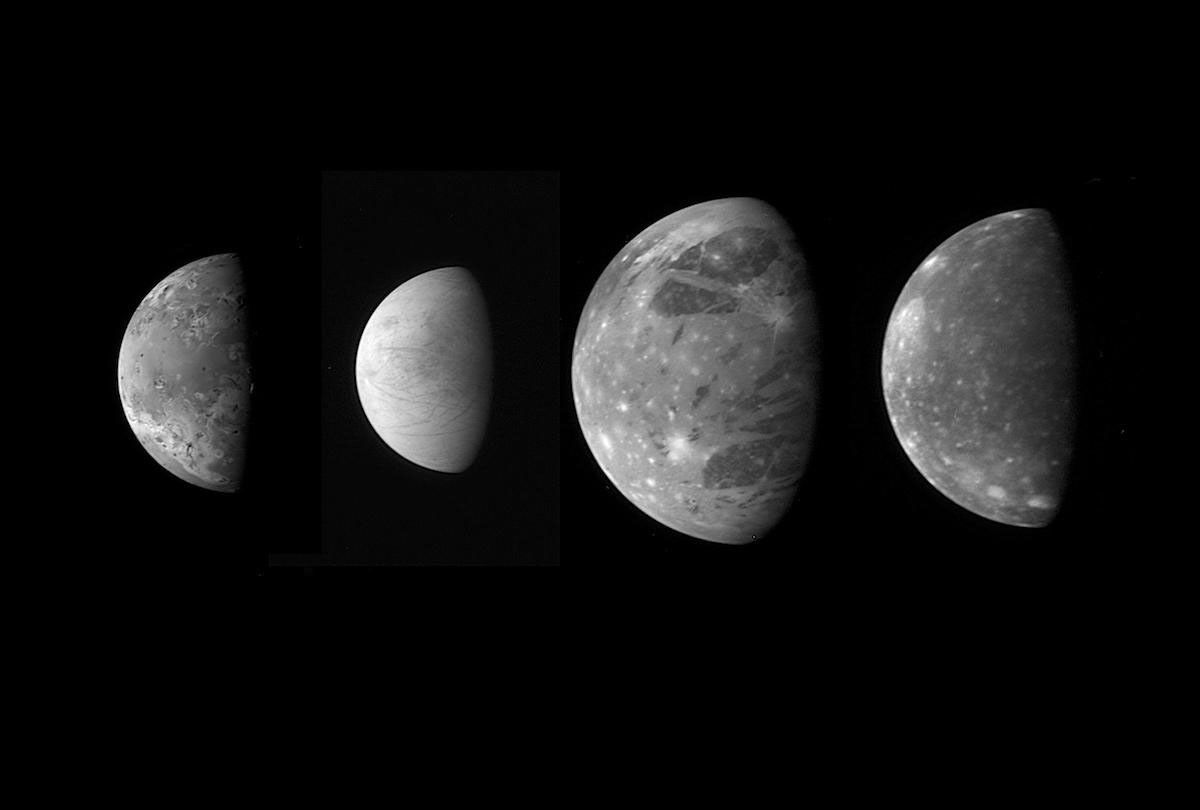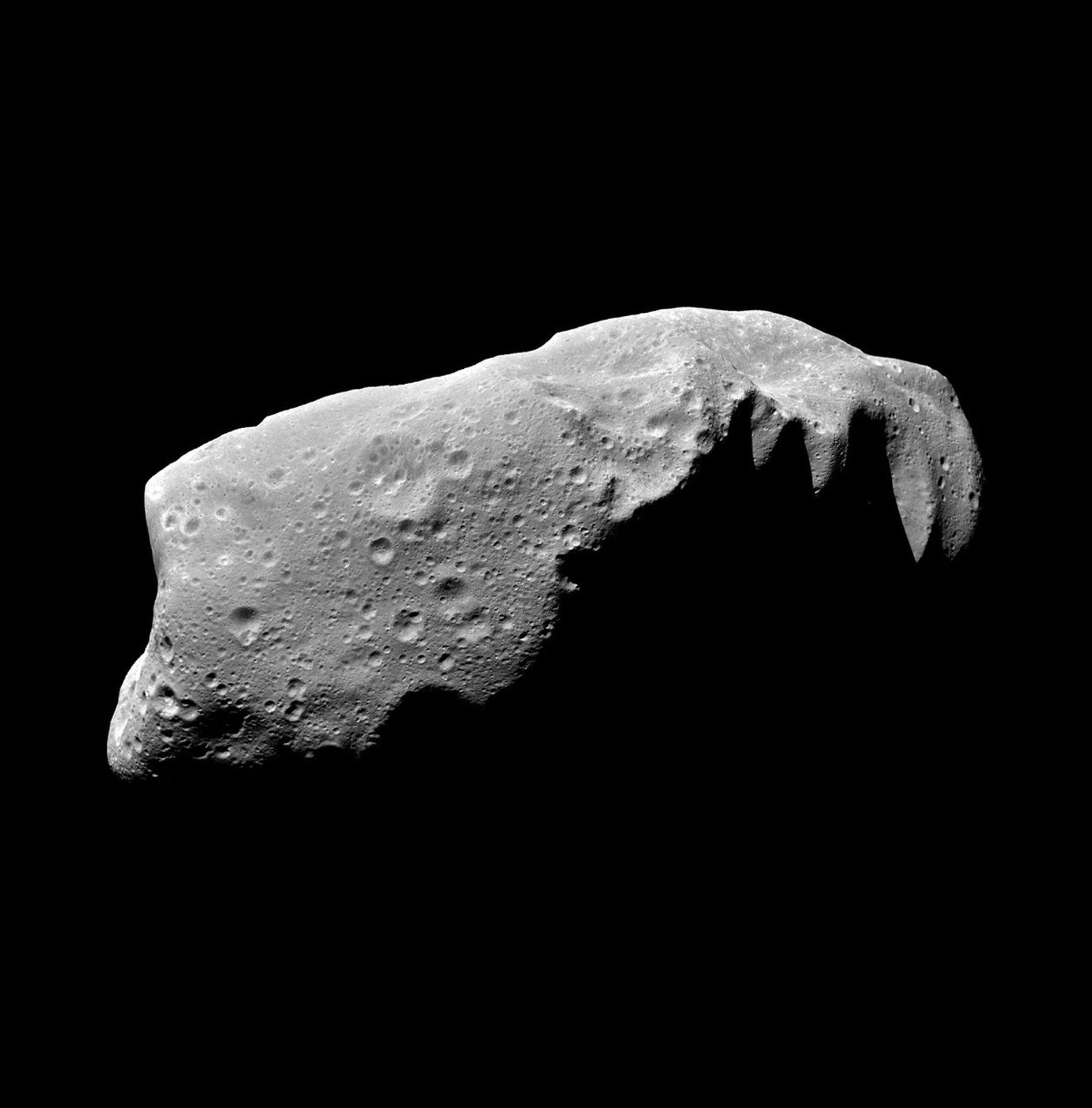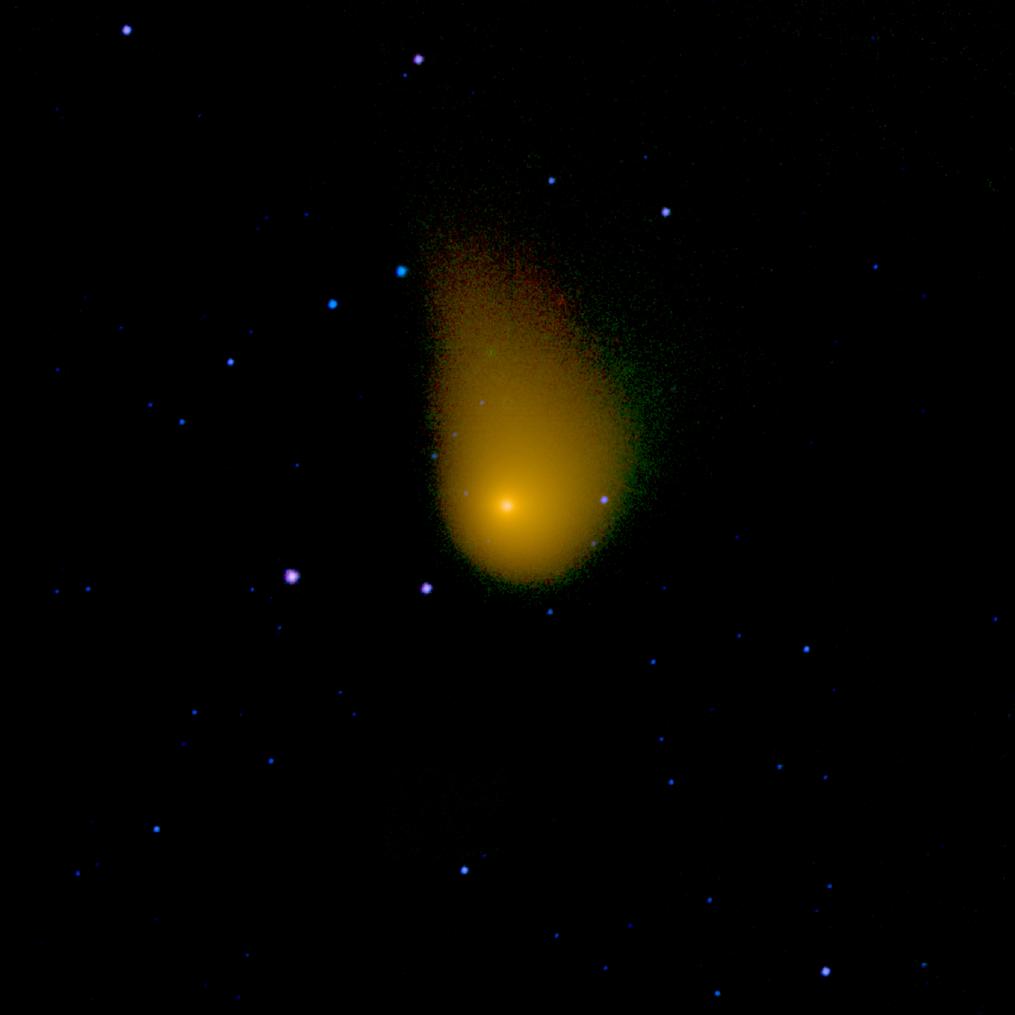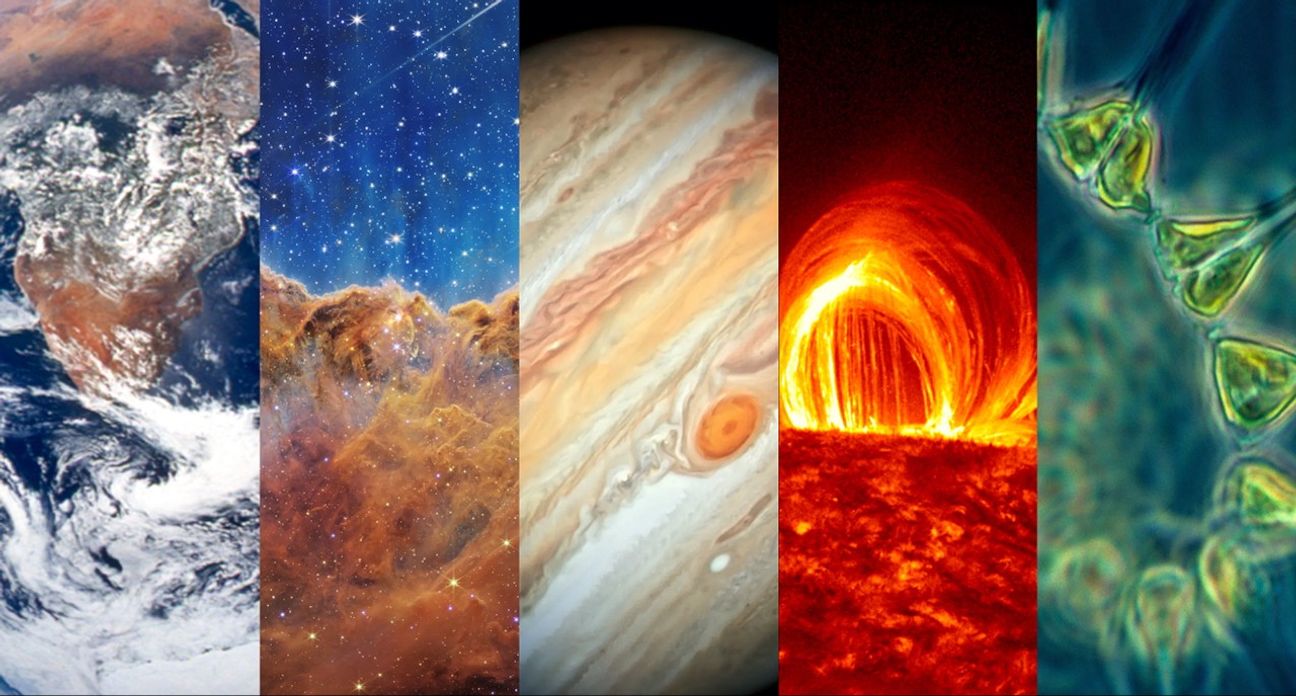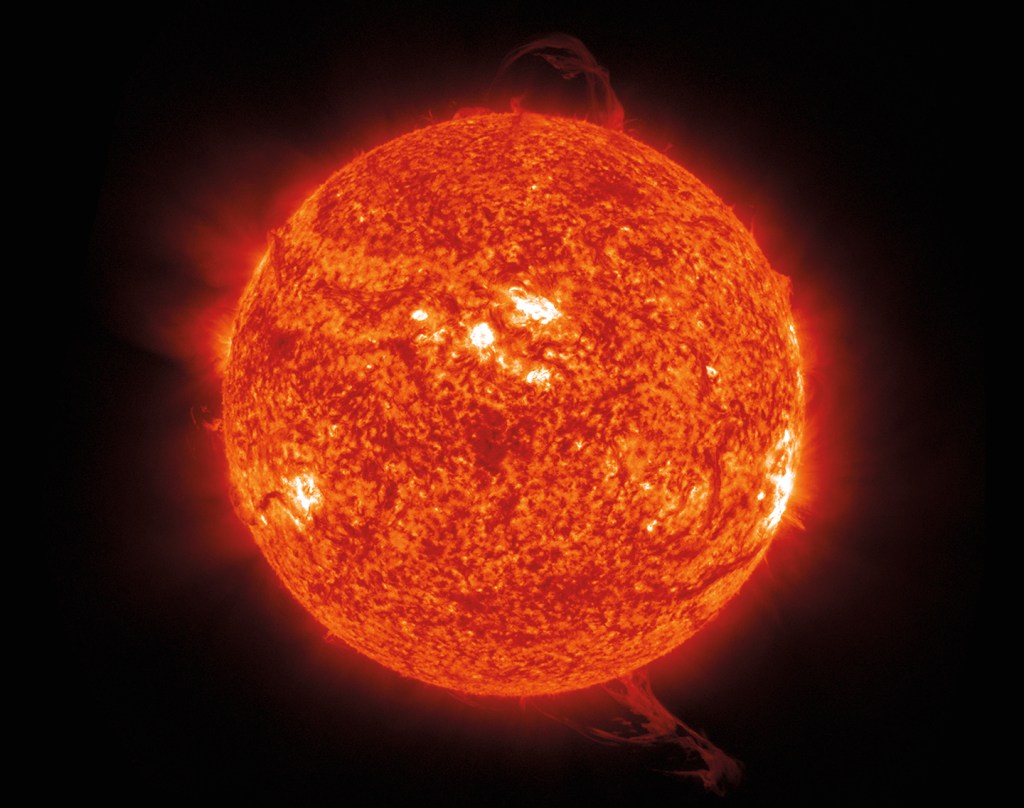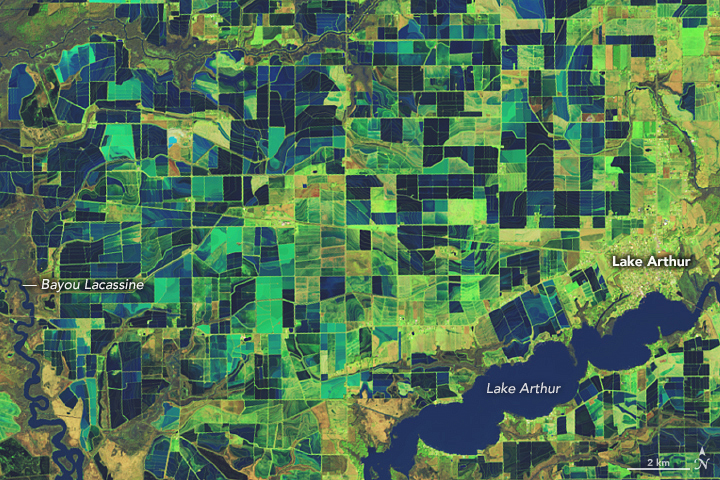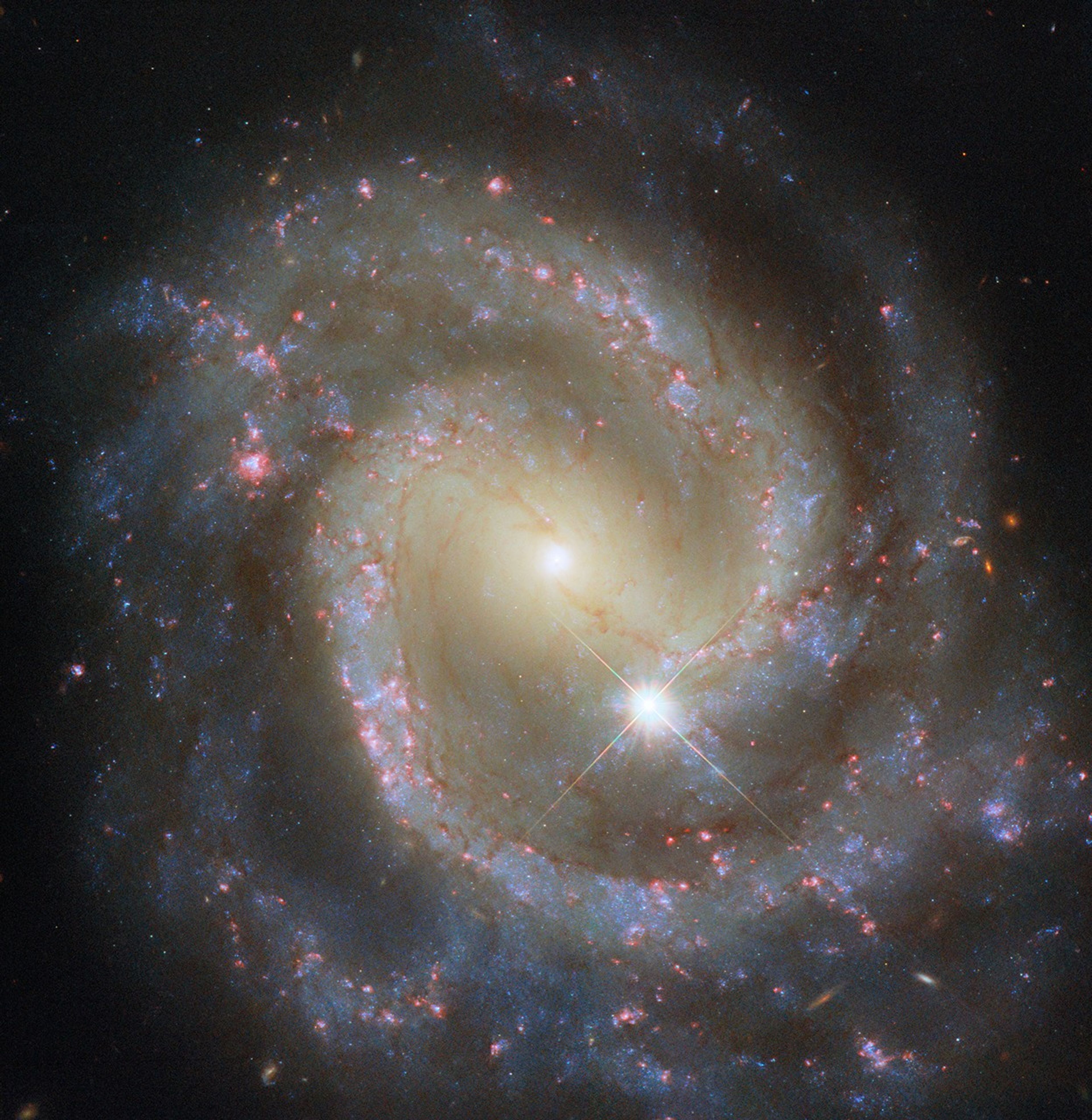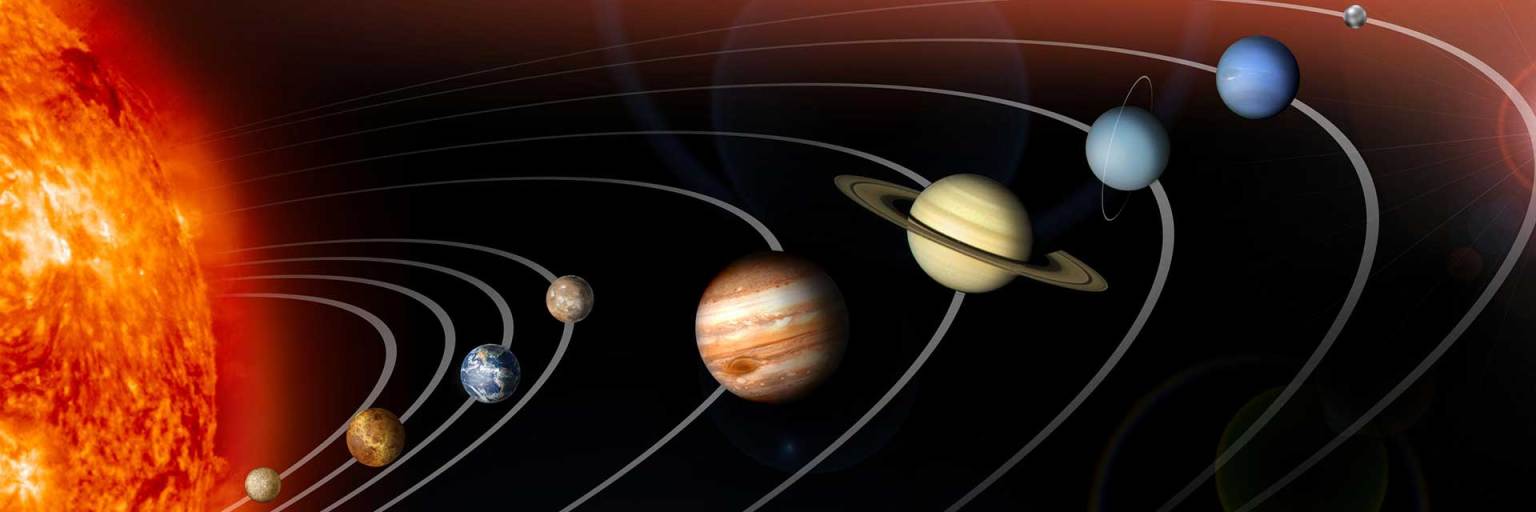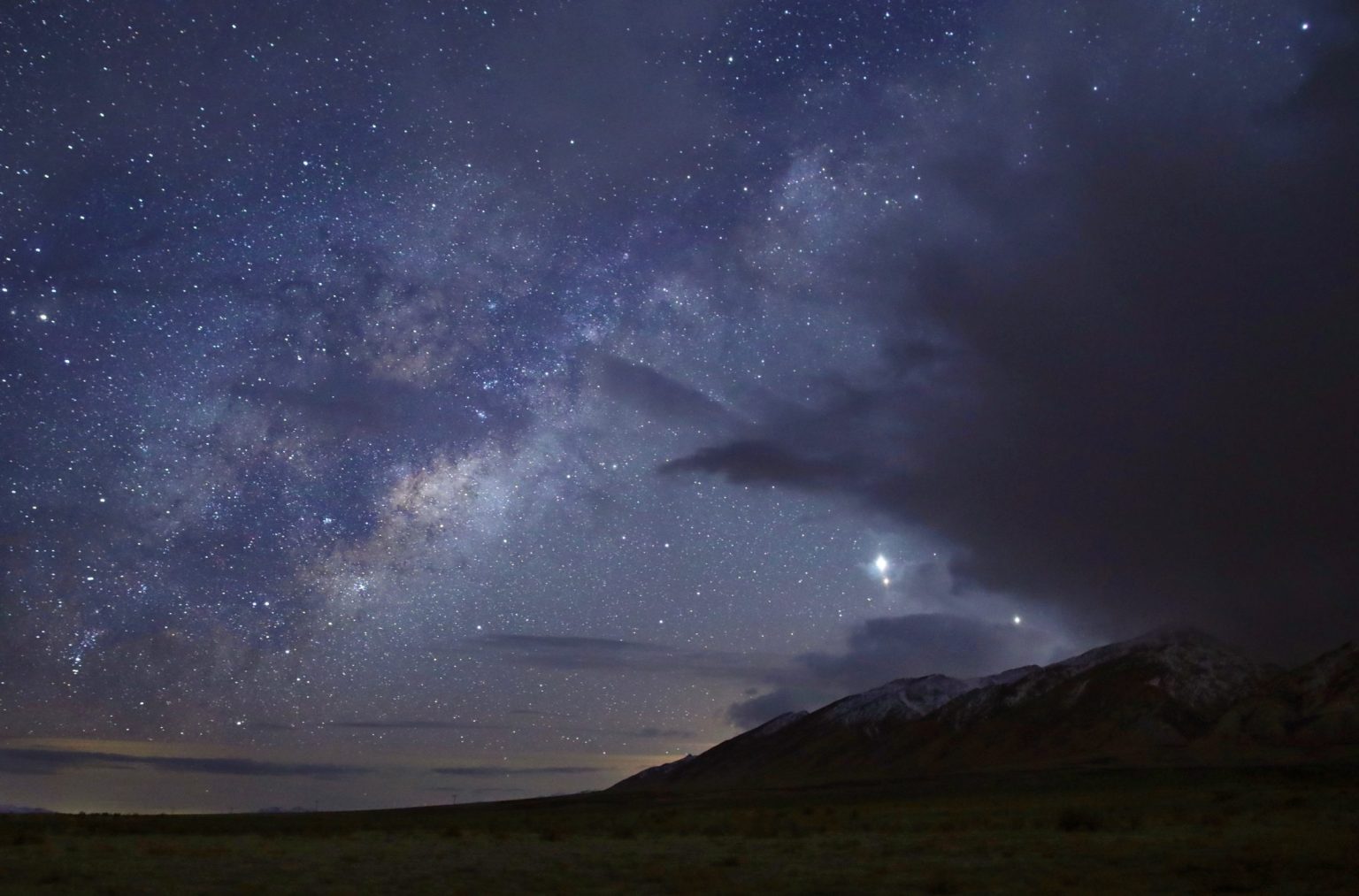NASA’s Planetary Science Division brings a variety of scientific disciplines – including geology, chemistry, astronomy, physics, and biology – to the study of planets and small bodies in our solar system.
NASA missions have visited every planet in our solar system, as well as asteroids, comets, and other small bodies, returning observations, data – and sometimes samples – that help us to understand how the solar system was formed, how it has evolved, and whether there are any signs of habitability on other worlds within it.
One way to study our solar system is to break it down into the planets of the inner and outer solar system, and the small bodies that orbit within.
Our Solar system
The inner solar system planets – Mercury, Venus, Earth, and Mars – are rocky and are thought to have formed from the accumulation of dust into small planetesimals, then into larger protoplanets, and then into the planets, though their evolutions likely differed.
Outer solar system planets – Jupiter, Saturn, Uranus, and Neptune – are known as gas giants. Jupiter and Saturn consist mostly of hydrogen and helium, while Uranus and Neptune are mostly water, methane, and ammonia.
The small bodies of our solar system include comets, asteroids, and meteors, as well as objects in the Kuiper Belt and Oort Cloud, and dwarf planets.
At NASA, the Planetary Science Division is charged with exploration of the solar system, except for the Sun and Earth, which are studied by NASA’s Heliophysics Division and Earth Science Division, respectively.
Exploring the Moon's South Pole
The Moon is our nearest celestial neighbor, orbiting Earth at less than a quarter of a million miles on average. Now, for the first time since 1972, NASA is preparing to send astronauts to the Moon with the Artemis missions. Artemis III will target landing sites near the lunar South Pole. There, ancient rocks, minerals, and trapped water ice will not only provide resources for human explorers, they may also contain clues to the formation and evolution of our planet and the solar system.
Learn more about the Moon


